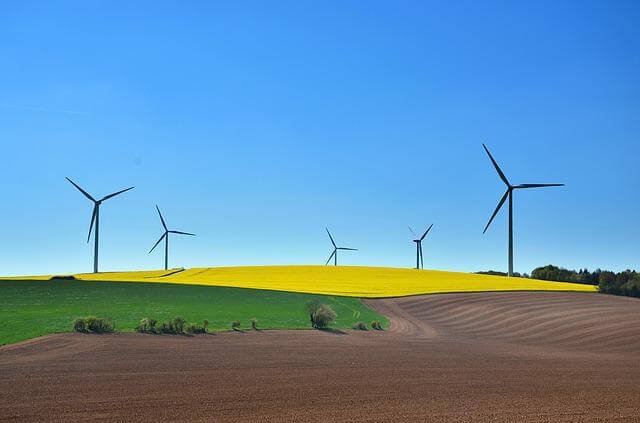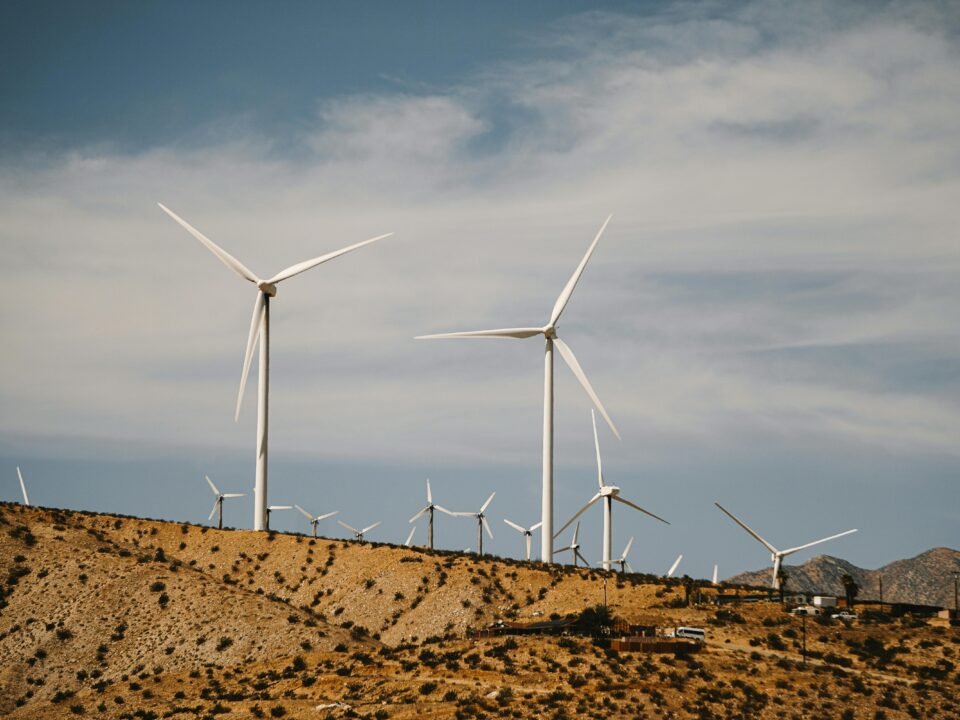Green energy can be defined as an energy form that is extracted from natural resources in the form of wind, sunlight, and water. However, it is essential to understand the difference
between the concept of renewable and green energy as the two are different concepts
altogether. The advantage of using these energy resources is that they do not emit harmful
greenhouse gases and therefore, are considered to be a sustainable option.
They are eco-friendly and do not harm the environment with pollution or any other such
harmful effects. They are all natural as they are generated from natural resources and can
be used as long as nature offers them.
What is the Mechanism?
Green energy is the process in which the natural resources available on the planet are taken
and produced into power. They are all-natural and hence do not produce pollution of any sort
and are renewable.
Types of Green Energy
● Wind Energy
Wind energy is the energy derived from wind. It is usually generated from the sea shore or the
areas where there is plenty of wind available. The wind wave is taken in and produced into
energy or power.
● Solar Energy
This clean, green energy source is generally created by utilizing photovoltaic cells, which
absorbs the rays of the sun and convert them to electricity. Solar energy is primarily utilized to provide heat to buildings, heat water, cook, and illuminate them. Solar energy is now an
affordable option for both domestic purposes, such as garden lighting and sustaining the
demand for power of an entire locality on a larger scale.
● Geothermal Energy
Thermal energy stored just beneath the earth’s crust is used in this sort of green energy. While
accessing this resource necessitates drilling, raising concerns about environmental effects, if
tapped into, it is a massive resource. For thousands of years, this form of natural energy has
been utilized to bathe in hot springs, and now it is utilized to generate power by turning
turbines with steam.
● Hydro energy
This type of green energy, also known as hydroelectric power, uses the flow of water in rivers,
streams, dams, and other places to generate electricity. Evaporation, rainfall, and ocean tides
can all be used to generate hydropower on a modest scale.
● Biomass
This form of renewable energy must also be managed properly if it is to be considered a true
“green energy” source. Wood debris, agricultural waste, and sawdust are used to generate
electricity in biomass power plants. While these materials emit greenhouse gases, they are
significantly less than those produced by fuels such as petroleum.
Final Overview
Green energy, as a greener alternative to many of today’s energy sources, appears to be a part
of the world’s future. These energy sources, which are abundantly replenished, are not only
good for the environment, but also job generation, and they appear to be economically viable
as time goes on.
Companies like Alfa Infraprop are working to utilize this green energy in the right way by
combining cutting-edge technologies with continual operational improvements. We want to be a safe, dependable, innovative, and high-quality Green Power producer.




